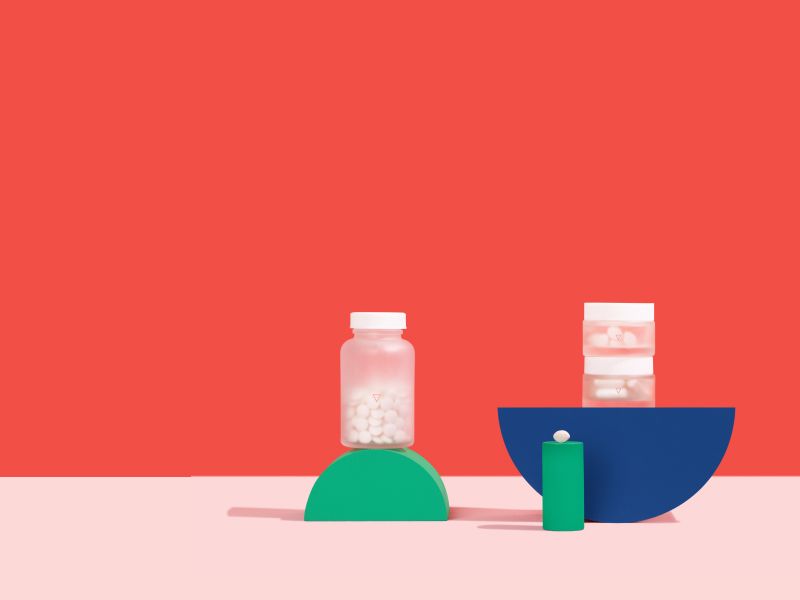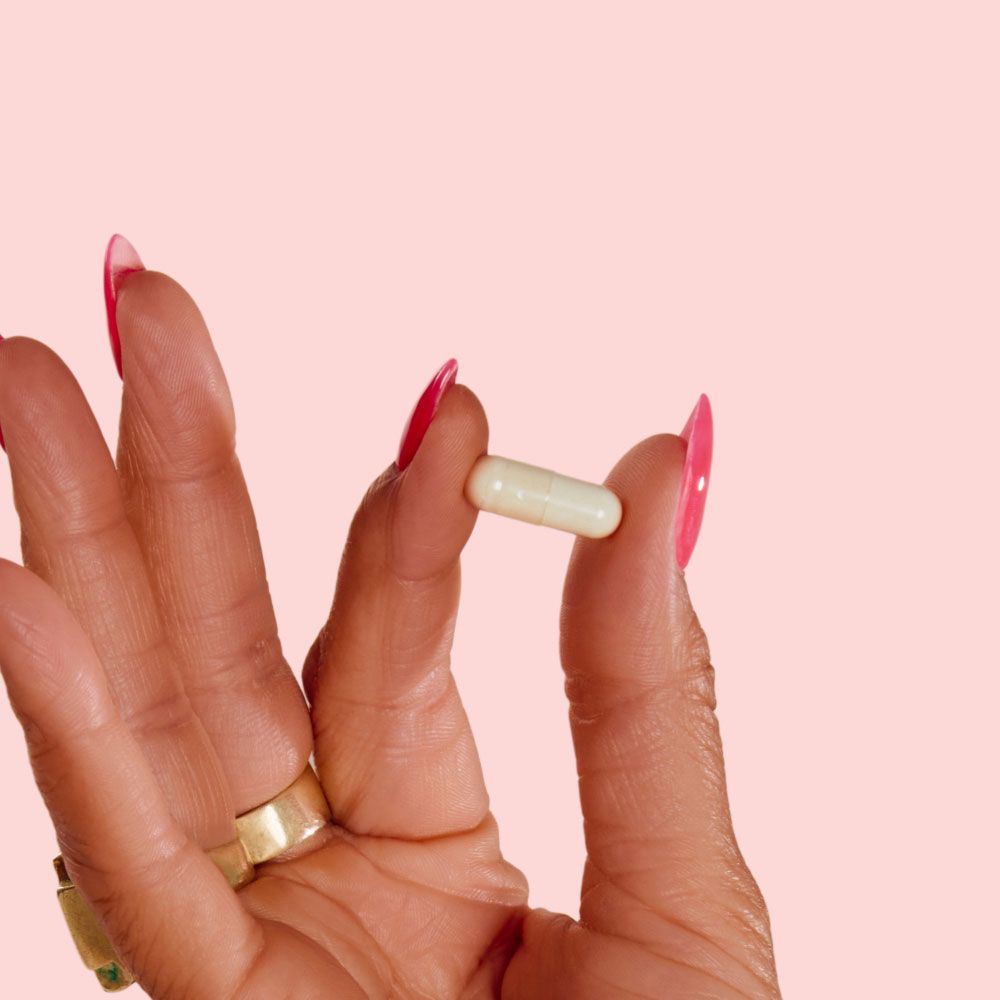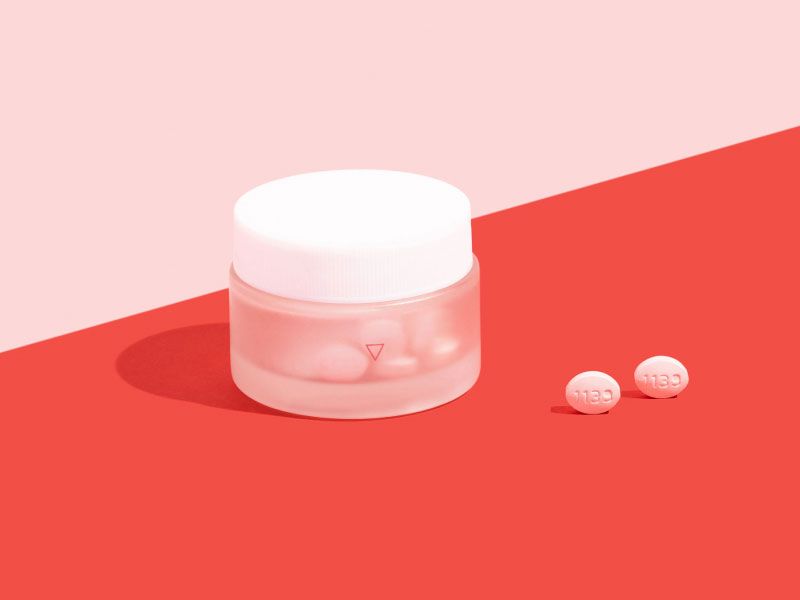
Yeast Infection
Treatment Guide
Vaginal yeast infections are incredibly common and affect millions of people in the US every year, yet it’s totally normal to wonder how to cure yeast infection? Despite their popularity, there is still some mystery surrounding exactly what to do when you get “the itch”.
About 75% of women will experience a yeast infection in their lifetimes and some will experience recurring infections multiple times a year.
Luckily, yeast infection treatment is safe and effective, and most yeast infections can be easily treated with prescription oral or topical antifungal medication and you can get both right here with wisp!
How to treat a yeast infection?
Wisp offers quick and easy online access to yeast treatment for treating AND preventing yeast infections. Depending on your symptoms or preference, there are three ways to treat yeast:
- Acute Treatment
- Preventative Treatment
- Holistic Treatment
What is acute yeast infection treatment?
When you have uncomfortable yeast symptoms like itching, you’re looking for fast and effective treatment. Prescription antifungals are the most reliable and effective way to clear “acute” symptoms and get you back to feeling like yourself. Fluconazole (also known as Diflucan) offers effective treatment in just one oral dose and is trusted by medical providers to work quickly.
To begin acute yeast treatment, begin by requesting a prescription for yeast antifungals. After signing up for wisp, your consult will begin immediately. Simply answer a few quick questions online and a US-based physician will review and prescribe treatment if it is considered safe and appropriate.
The factors that contribute to yeast infections are highly individualized—what causes yeast infections in one person may not in another—but a few common triggers are sex, antibiotic use, and hormonal changes. Next up, understanding symptoms and how to get rid of a yeast infection!
Prescription Yeast Infection Treatment
What is yeast infection prevention?
Once you’ve experienced the dreaded symptoms of a yeast infection (itching, burning, and white, chunky discharge), you aren’t looking forward to feeling it again. That’s where prevention comes in! Learning what can trigger infections for you and developing healthy habits can help stop infections before they start. Incorporating OTC yeast infection treatment, like Boric Acid, into your routine is one way to help your vagina maintain a healthy bacterial balance. Boric Acid is not only used as an over-the-counter home remedy for yeast infection, but it is also backed by research to help prevent yeast infections before they start by helping maintain a healthy vaginal microbiome. This prescription tried-and-true remedy can help prevent yeast infections, maintain a healthy vaginal balance, and relieve yeast infection symptoms. You can get over the counter yeast infection treatments through wisp too—treatment and prevention is the name of the game.
Now, if you want to banish that yeast infection for good, you’ll need a prescription-strength antifungal yeast infection pill, like fluconazole (also known as Diflucan). Fluconazole comes in a single tablet and just one is often enough to cure your yeast infection.
How to cure yeast infection at home with holistic treatment?
It’s incredibly common to struggle with chronic yeast infection symptoms. Your first line of defense should always be to address an infection with a prescription antifungal like fluconazole. To get prescription yeast infection treatment for chronic symptoms, begin by requesting a prescription for yeast antifungals. After signing up for Wisp, your consult will begin immediately. Simply answer a few quick questions online and a US-based medical provider will review and prescribe home yeast infection treatment if it is considered safe and appropriate. Yeast infection recurrence is common, so if you frequently suffer from yeast infections, tell your medical provider and they will talk you through the appropriate protocol.
From there, you can relieve symptoms with Boric Acid, an over-the-counter remedy that will address itchy symptoms and help you return to a healthy vaginal balance. If you prefer to try yeast infection treatment over the counter, you can also use Reproductive Probiotics to keep this balance. Research has shown that keeping Lactobacillus bacteria thriving is one of the best yeast infection preventatives. While some yogurt has Lactobacillus in it, it's usually not enough to keep the yeast/bacteria balance in check. Using probiotics can offer the extra boost you need.
Remember that you may not be able treat active yeast infection symptoms with OTC remedies if an infection is already active. In this case, it’s better to use Boric Acid in addition to antifungals, because Boric Acid treatment can relieve some of the itching and soreness you may be feeling as a result of your yeast infection. You can continue to incorporate Boric Acid into your regular routine to help keep yeast infections from recurring after you finish your antifungal treatment.
When should I take a second fluconazole pill?
Once you’re sure you have a yeast infection and decide to get prescription fluconazole treatment, your Wisp medical provider will likely prescribe two 150 mg yeast infection pills. If your symptoms don’t improve in 2 days, you should take the second dose of 150 mg fluconazole. The second dose simply adds a little more antifungal power to treat a stubborn infection. If your symptoms do not see any improvement within a week, let your medical provider know and they may prescribe you a different medication, or a more intensive treatment regimen with fluconazole.
How to cure a yeast infection at home?
There’s a lot of information on the Internet that claims to offer natural home remedies for yeast infections. Unfortunately, while some may help relieve your symptoms, many of them can cause your infection to become worse. A good rule of thumb? Don’t insert any food or anything edible into or around your vagina. These types of “treatment” can break down and cause more problems than they solve. Ask a medical professional about the best home remedy for yeast infection before resorting to items from your kitchen!
Trusted Treatments

Diflucan, Generic Fluconazole (Yeast Antifungals)
Starting at $45
Prescription antifungals used to treat vaginal yeast infections

Boric Acid Suppositories
Starting at $27
An over-the-counter vaginal suppository custom-made to help prevent & relieve infections.

Calm Down! Instant Itch Relief for BV & Yeast
$36
Prescription cream used to relieve uncomfortable symptoms of BV and Yeast.

At-Home Vaginal Microbiome Screen by Daye
$125
Understand your vaginal microbiome balance and risk of infections using a non-invasive at-home tampon collection kit.


